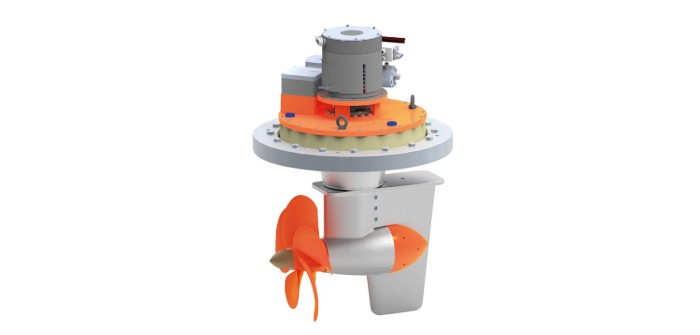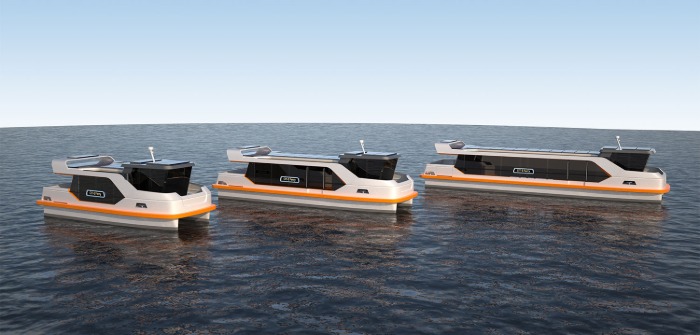Integrated marine electric drive systems company Torqeedo and Fassmer Shipyard have announced a concept fully electric ferry. The vessel, named the Fassmer CIT-E Ferry, will be powered by Torqeedo’s integrated drive system.
“When Fassmer and Torqeedo started to discuss the CIT-E Ferry concept, we wanted to address several topics facing urban centers,” commented Matthias Schubert, Torqeedo’s director for commercial sales. “By 2050, the global population will reach 10 billion, with 75% of people residing in cities. Facing this rapid population shift and the resulting gridlock of land-based transportation, urban planners are looking to their waterways to ease congestion on city streets. Many cities are creating intermodal public transport networks integrating climate-friendly water taxis, ferries and other passenger vessels. We are proud to make a small contribution to avoiding emissions with our integrated electric drive system.”
Torqeedo’s Deep Blue drive system will power the CIT-E Ferry, consisting of twin steerable thrusters that can deliver 100kW of continuous power and peak power of 130kW. These can rotate 360° to enable tight maneuvers in urban waterways. The integrated drive system is powered by Deep Blue lithium-ion batteries with a bank capacity of between 80kWh and 1MWh.
Depending on the vessel’s overall battery capacity, the CIT-E Ferry can carry out operations for up to 14 hours a day before being recharged overnight. This reduces infrastructure and battery bank costs.
With a 100-passenger capacity, the modular design of the fully electric ferry allows for the vessel’s hull to be adapted from 12m to 24m depending on customer requirements. Produced using a lightweight GRP, the low-wash catamaran hull is claimed to outperform steel or aluminum hull designs and can deliver speeds of up to 25km/h.
“Decades-old marine diesel engines power most commercial fleets in European cities,” said Wolfgang Moewes, sales manager for boats and davits at Fassmer. “The CO2 emissions are not in line with the international goals to reduce global warming, and human health is also at risk. Our cities’ air quality suffers from emissions, particularly due to ferries that dock frequently. Our CIT-E Ferry design with electric drive offers the urban mobility of the future without any air or noise pollution.”




